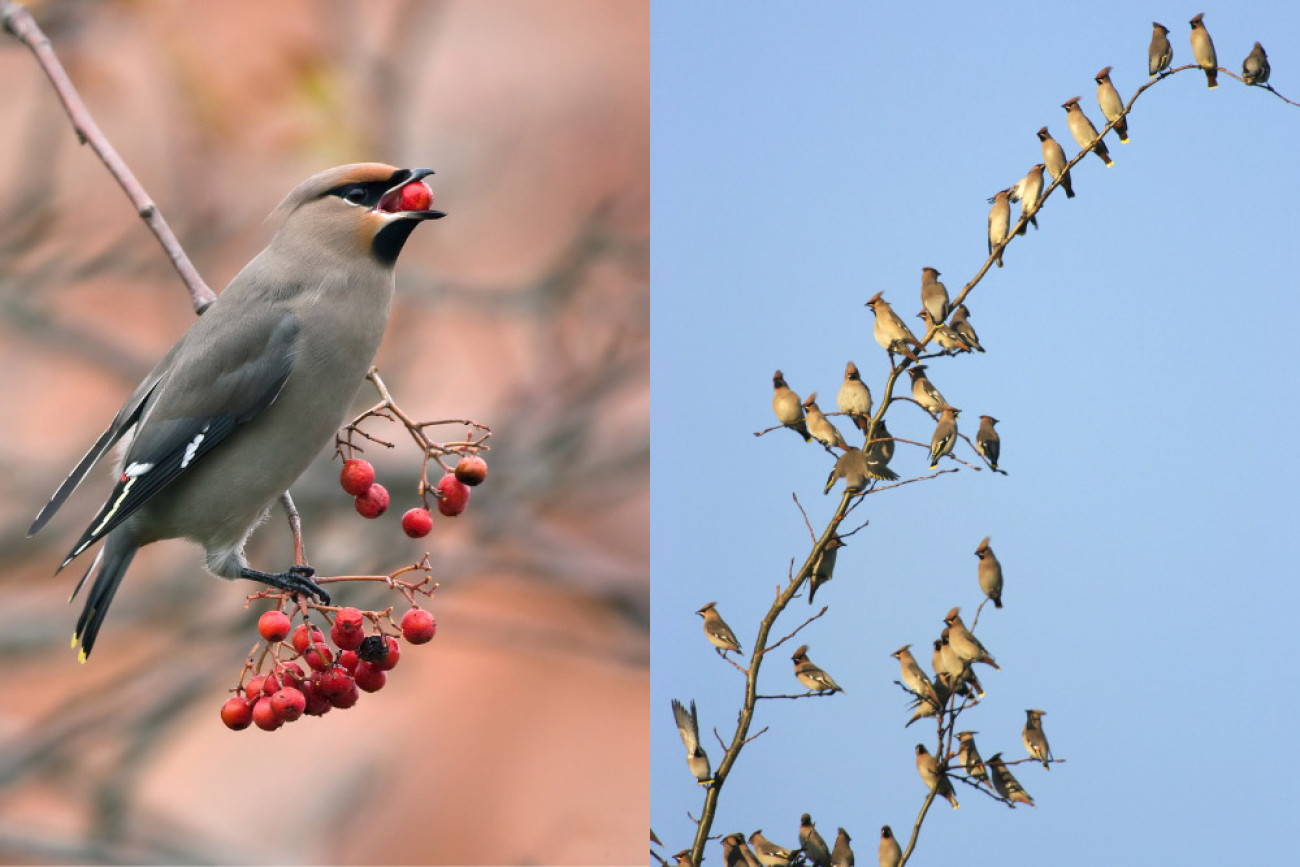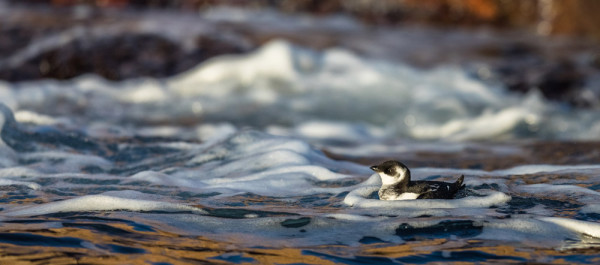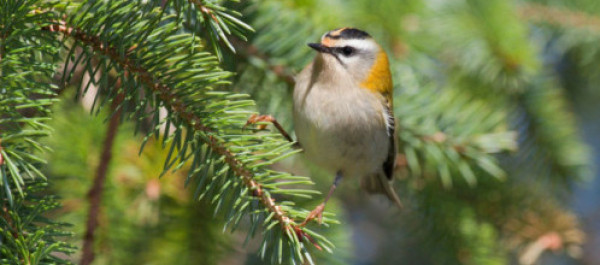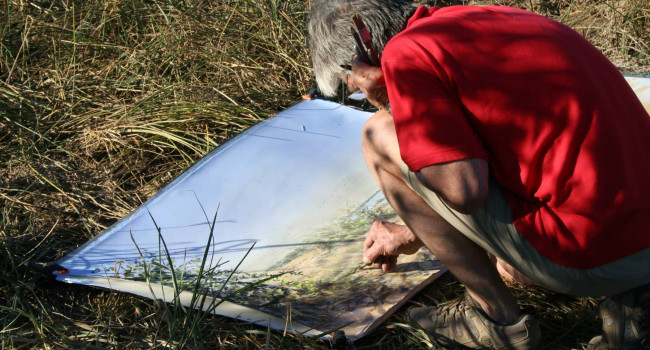
BirdTrack migration blog (28th October - 3rd November)
Scott’s role includes the day-to-day running of BirdTrack: updating the application, assisting county recorders by checking records and corresponding with observers.
Relates to projects
Given the less-than-favourable weather conditions for migration in the last week, it is hardly surprising that the intensity of migration was somewhat reduced compared to the week before. However, some scarce species did make it to our shores on the southerly airflow.
A scattering of Pallid Swift records were submitted from across the UK, mainly along eastern and southern coasts. Individual birds did make it as far north as North Uist, Scotland, though, and a single bird was seen in Louth, Ireland. As ever, this can be a tricky species to separate from Common Swift, differing in small details such as paler, scalier plumage and more contrast around the eye.
These weren’t the only wanders from southern Europe: a number of Red-rumped Swallows were also seen, almost exclusively in East and North Yorkshire, with a single bird in the Isles of Scilly being the only outlier. Other rare species reported seen in the last week include only the second record of Isabelline Wheatear for Ireland with a bird found in Cork, an Oriental Turtle Dove in Shetland, and a Dusky Thrush in Lothian.
Aside from these scarcer species, some more familiar species were also well-reported last week. Both Siskin and Grey Wagtails are typically on the move at this time of year and both saw a rise in reports. Siskins will often join other finches, and on days of light southerly winds, groups of Chaffinch, Siskin, Redpoll, and Goldfinch will form loose flocks as they head south.

Woodcock reports also increased as birds arrived from continental northern Europe and Russia in readiness for the coming winter. Freshly arrived birds can be found in a variety of habitats, especially if they have flown through adverse weather conditions while crossing the North Sea. Eventually, they seek out wooded areas, often with short grassy fields of arable land nearby where they can search for food at night.
At this time of year, it's likely that the flurry of Lesser Whitethroats reported has been made up of ‘Siberian’ type birds of the race halimondendri or blythi. These birds tend to be paler-headed and have a browner nape compared to the race curruca that breeds across Britain and Ireland, and the distinction has also been supported by genetic analysis.
The first few Siberian Chiffchaffs also made landfall; many reports were from Shetland, but over the coming weeks more of these birds will arrive further south.
Around 35 Waxwings arrived during the last week. However, the expected numbers are yet to reach us - with a failed berry crop across much of Scandinavia, hundreds of birds are due to move south and west towards the UK in search of more plentiful food sources.

Looking ahead

Late October into early November is the peak time to see species such as Little Auk, but it has to be said - the weather forecast doesn’t look conducive to seeing these being seen in any great numbers. This tiny auk breeds in the high Arctic before heading south to winter out at sea, so strong northerlies are the best conditions for sightings in the UK. This coming week looks set for southerlies, so it's unlikely that many of these birds will be brought to our shores.
Instead, the mix of species seen will probably be similar to those in the week just gone, which was also governed mainly by winds from the south. Any days where the wind speed is low could see finches, pipits, larks, and thrushes on the move. These birds will often form mixed flocks of several species as they head to wintering areas and it is always worth checking them for the more unusual species such as Woodlark, Brambling or maybe a Little Bunting.

Mixed tit flocks are also a favourite of birders at this time of year, as scarce and rare species will often tag along with these in search of food: look out for - Firecrest and Yellow-browed, Pallas’s, or Radde’s Warbler. The constant calls of Long-tailed Tit make it easier to find these flocks, but as the birds are so active it can be tricky to check each bird as they hurriedly move through the vegetation.
Given the time of year and the weather conditions at least half an eye should be cast in the direction of America - the low-pressure system arriving off the Atlantic on Wednesday could bring a late autumn Nearctic surprise. The most likely species to arrive are American Robin, Rose-breasted Grosbeak, Bobolink, or a catharus thrush such as Grey-cheeked. We shouldn’t rule out an American gull, either, such as Laughing, Ring-billed or Boneparte’s, or perhaps a Bufflehead or Hooded Merganser.
Add your records to BirdTrack
Have you seen a Waxwing? Found a Firecrest?
Adding your records to BirdTrack is quick and easy and gives us valuable information about bird migration.
Find out more








Share this page